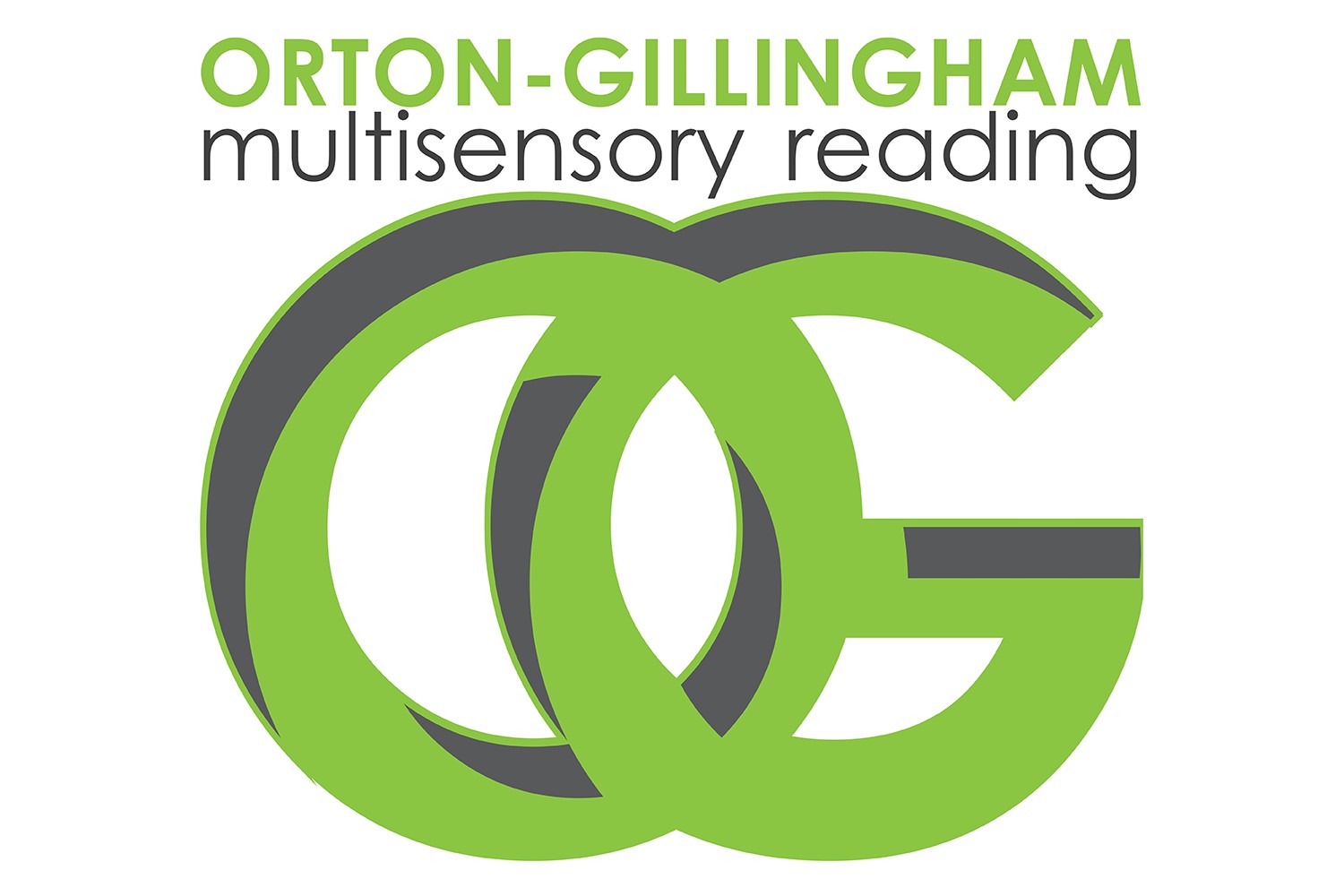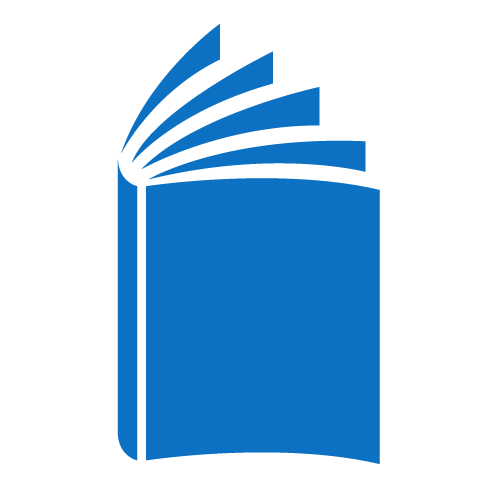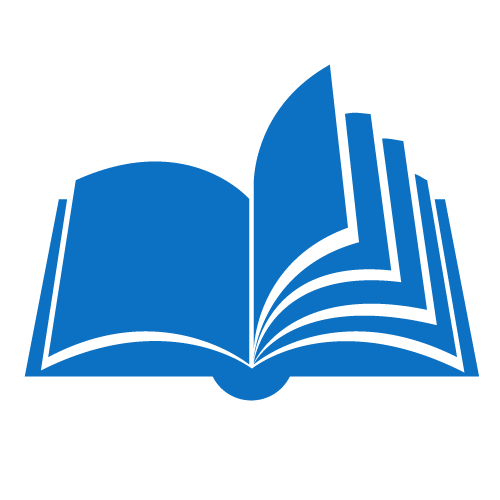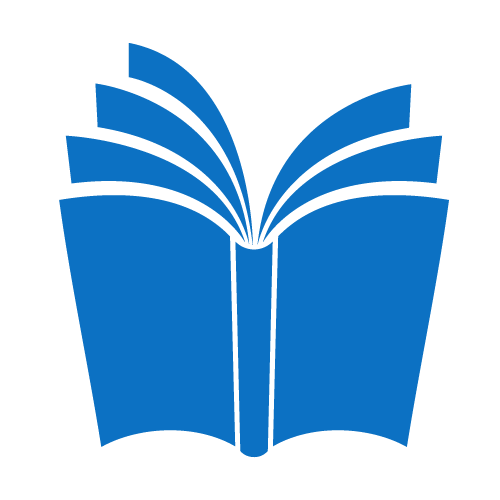Orton Gillingham
& Structured Literacy

The Orton Gillingham approach incorporates the following criteria:

Comprehensive
Every detail of phonology is taught. Every letter, every sound, every sound-letter combination, rules for spelling, rules for decoding, frequency of words using rules, etc.

Explicit Instruction
Every detail of phonology is taught outright. There is nothing that is bypassed in the instruction.

Direct Instruction
Every detail is taught directly to the student.

Multi-Sensory
Each piece of instruction is taught multiple ways using auditory, visual, and kinesthetic (movement) based teaching.

Mastery
Each piece of instruction is taught until the student can automatically recall the sound-letter combinations, decoding and spelling rules, syllabication, etc. without hesitation.
As a key step, you will want to assess your child’s learning style to know what type of learning activities serve your child best. If your child is primarily a visual or auditory learner, you’re in luck! Virtually all Orton Gillingham reading programs use visual and auditory components or activities.
The OG approach we know today is based on a method developed by Anna Gillingham, who was a psychologist and research associate of Dr. Samuel Orton, a medical doctor who worked with children with reading difficulties. He used the then 25-year-old term congenital word blindness to describe their condition but today we call it dyslexia (Henry & Brickley, 1999; Orton, 1929). The Orton-Gillingham method, an explicit, multisensory, structured language approach to teaching reading. Orton was aware that the new teaching method of the time—the whole language approach—was problematic for these children. The same goes for today. Dr. Orton even published an article in an educational psychology publication when phonics instruction was about to be forbidden in favor of these new, progressive, “whole-word” reading programs, one of the many shots fired in what would become known 50 years later as the Reading Wars.
Structured Literacy, the term for Orton Gillingham
Now used by the International Dyslexia Association, is described as:
Structured Literacy
Sounding out decodable words; reading by sight only non-decodable words
Guessing is not considered reading
Decodable text for reading practice; access to high-quality literature and stories from varied cultures by being read to
Forcing reading is not beneficial because it can lead to frustration and a growing dislike of reading
Letter-sound correspondence taught so that decodable words can be recognized in text
Teaching children the entire structures of words and word part meanings
Looking For Reading Tutors?
Homeschooling & Tutoring Session Times Available
Kindergarten Preparedness & Summer Sessions Available
Specialized Orton Gillingham Tutoring
Footer Looking for Reading Tutors?
Get in Touch By Phone Or email
Tutors will not discuss information regarding a child with anyone other than the parents or guardians on the application.
Phone
pam@pamsreading.com
